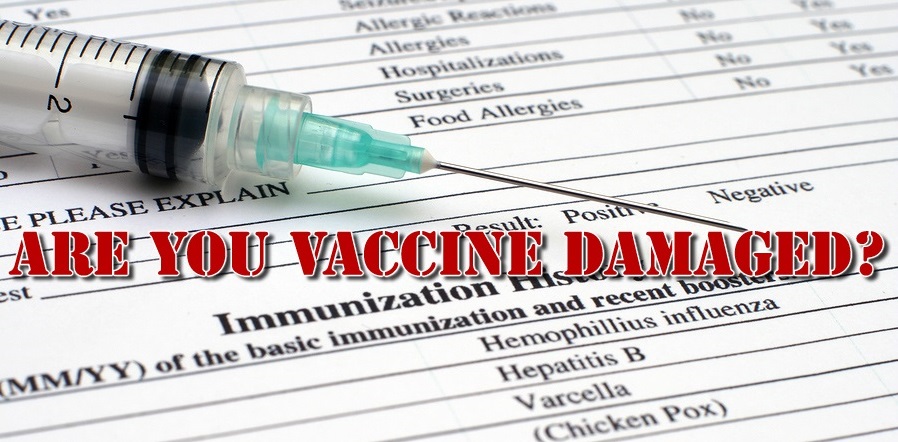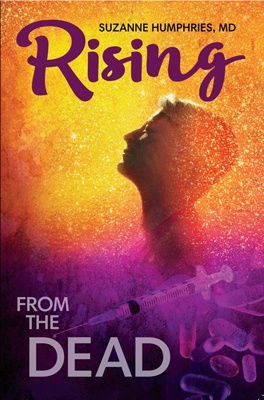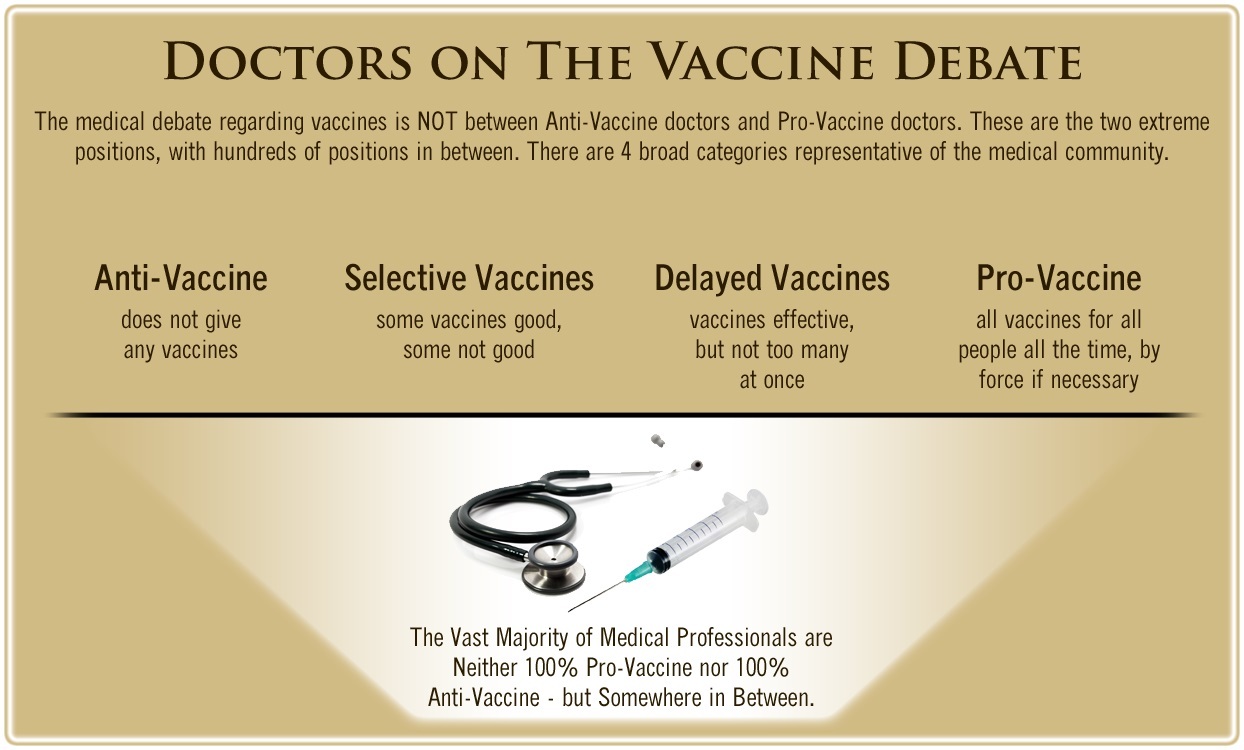by Rishma Parpia and Barbara Loe Fisher
The Vaccine Reaction
Americans have been carefully taught to fully trust the recommendations made by medical doctors and public health officials, and many do trust without questioning. After all, we expect and want to believe that the recommendations being made by the “medical experts” are evidence-based and thoroughly tested for safety.
In the case of the childhood vaccine schedule recommended by the U.S. Centers for Disease Control and Prevention (CDC) and American Academy of Pediatrics (AAP), the general assumption is that the safety of giving infants and children 49 doses of 14 vaccines between day of birth and age six has been thoroughly researched and proven safe. Many parents (and perhaps many pediatricians) would be surprised to learn there are a number of important unanswered questions about the number of vaccines, timing, the order and the ages at which recommended vaccines are given to babies and young children.
The Childhood Vaccine Schedule Designed by CDC
The CDC sets the childhood vaccine schedule based on the recommendations from a small group of medical doctors appointed by the CDC to the Advisory Committee on Immunization Practices (ACIP). The AAP and the American Academy of Family Physicians (AAFP) also evaluate and routinely endorse the CDC’s childhood vaccine schedule.1
According to the CDC, before a vaccine is officially included in the schedule, the ACIP reviews the evidence for safety and effectiveness for each vaccine when given to infants and children at specific ages, the severity of the disease and how many children would get the disease if there was no vaccine, and also how well the vaccine works for children of various ages.1
The CDC currently recommends that multiple doses of vaccines be given to all children under age six on a specific schedule to prevent 14 potentially serious infectious diseases.1 Regarding use of “alternative” vaccine schedules to delay or give fewer vaccines on one day, the CDC states:
Infants and young children who follow immunization schedules that spread out shots—or leave out shots—are at risk of developing diseases during the time that shots are delayed. Following the recommended immunization schedule protects infants and children by providing immunity early in life, before they are exposed to potentially life-threatening diseases.1
The AAP leadership has strongly endorsed the CDC’s position opposing use of alternative vaccine schedules and notes:
The recommended schedule is designed to work best with a child’s immune system at certain ages and at specific times. There is no research to show that a child would be equally protected against diseases with a very different schedule. Also, there is no scientific reason why spreading out the shots would be safer. But we do know that any length of time without immunizations is a time without protection.2
According to the AAP, each vaccine dose is scheduled at certain times based on two factors – the age at which the body’s immune system will work the best and the need to provide protection to children as early as possible.2
Addressing parental concerns that too many vaccines are being given together too soon and too often, which can compromise immune and brain function, both CDC and AAP officials insist that vaccines are well studied to make sure it is safe for an infant or young child to be given dozens of doses of vaccines throughout childhood and six to 10 different vaccines at once.3 CDC officials maintain there is scientific data proving there is no danger in giving a baby multiple vaccines simultaneously and the practice does not cause any chronic health problems. The CDC website states:4
When every new vaccine is licensed, it has been tested along with the vaccines already recommended for a particular aged child.4
The Childhood Vaccine Schedule Not Adequately Tested
However, a report released by the Institute of Medicine (IOM) in 2013, The Childhood Immunization Schedule and Safety: Stakeholder Concerns, Scientific Evidence and Future Studies, contradicts the firm position that the CDC, AAP and AAFP hold with respect to the safety of the schedule.5 In response to continuing public questions and concerns, the report was published after an IOM committee conducted a comprehensive review of the medical literature to identify studies related to the safety of the recommended vaccine schedule for infants and children under six years old.5
The IOM Committee was only able to identify fewer than 40 scientific studies published since 2003 and clearly stated in the report that there are significant gaps in scientific knowledge about the safety of the early childhood vaccine schedule:
First, the concept of the immunization “schedule” is not well developed in the scientific literature. Most vaccine research focuses on the health outcomes associated with single immunizations or combinations of vaccines administered at a single visit. Even though each new vaccine is evaluated in the context of the overall immunization schedule that existed at the time of review, individual elements of the schedule are not evaluated once it is adjusted to accommodate a new vaccine. Key elements of the immunization schedule—for example, the number, frequency, timing, order, and age at the time of administration of vaccines—have not been systematically examined in research studies.5
Is the Child Vaccine Schedule Associated with Chronic Disease and Brain Disorders?
Frequently citing a lack of enough quality scientific studies, the IOM committee was unable to determine whether the numbers of doses and timing of CDC recommended vaccines children receive in the first six years of life are—or are not—associated with health problems in premature infants or the development of chronic brain and immune system disorders in children, including asthma, atopy, allergy, autoimmunity, autism, learning disorders, communication disorders, developmental disorders, intellectual disability, attention deficit disorder, disruptive behavior disorder, tics and Tourette’s syndrome, seizures, febrile seizures and epilepsy.
The IOM Committee also discovered that there is very limited information about subpopulations of vulnerable children, who may be biologically at greater risk for suffering vaccine injury and death.
The committee found that evidence assessing outcomes in subpopulations of children, who may be potentially susceptible to adverse reactions to vaccines (such as children with a family history of autoimmune disease or allergies or children born prematurely), is limited and is characterized by uncertainty about the definition of populations of interest and definition of exposures or outcomes.
Additionally, the IOM report acknowledged that vaccine safety is not a high enough priority for federal health officials making vaccine use recommendations and goes on to say:
The childhood immunization schedule may become more complex over time as scientific advances are made and new vaccines are developed. Feasible research approaches to study potential adverse health outcomes will emerge only with a sustained and substantial federal commitment to research on vaccine safety.5
When the IOM report was released in 2013, the National Vaccine Information Center (NVIC) issued a statement calling for transparency, independence and replication in future research to assess the safety of federal vaccine policies, including evaluating health outcomes of vaccinated and unvaccinated children and those using alternative vaccine schedules.6 NVIC also pointed out that there have been no studies comparing the differences in health outcomes between entirely unvaccinated populations of children and those receiving all government recommended vaccines on schedule.
Where is the Science?
Parents have good reason to question the CDC’s childhood vaccine schedule when there is so little scientific evidence demonstrating safety being provided to the public. The lack of core science to support expansion of the childhood vaccine schedule is concerning because many states are in the process of mandating every CDC recommended vaccine for daycare and school attendance. If credible scientific studies and systematic reviews proving the long term safety of giving children 49 doses of 14 vaccines before age six do in fact exist, the CDC should make them immediately available to the public.
Leaving a lucrative career as a nephrologist (kidney doctor), Dr. Suzanne Humphries is now free to actually help cure people.
In this autobiography she explains why good doctors are constrained within the current corrupt medical system from practicing real, ethical medicine.
One of the sane voices when it comes to examining the science behind modern-day vaccines, no pro-vaccine extremist doctors have ever dared to debate her in public.
Medical Doctors Opposed to Forced Vaccinations – Should Their Views be Silenced?
One of the biggest myths being propagated in the compliant mainstream media today is that doctors are either pro-vaccine or anti-vaccine, and that the anti-vaccine doctors are all “quacks.”
However, nothing could be further from the truth in the vaccine debate. Doctors are not unified at all on their positions regarding “the science” of vaccines, nor are they unified in the position of removing informed consent to a medical procedure like vaccines.
The two most extreme positions are those doctors who are 100% against vaccines and do not administer them at all, and those doctors that believe that ALL vaccines are safe and effective for ALL people, ALL the time, by force if necessary.
Very few doctors fall into either of these two extremist positions, and yet it is the extreme pro-vaccine position that is presented by the U.S. Government and mainstream media as being the dominant position of the medical field.
In between these two extreme views, however, is where the vast majority of doctors practicing today would probably categorize their position. Many doctors who consider themselves “pro-vaccine,” for example, do not believe that every single vaccine is appropriate for every single individual.
Many doctors recommend a “delayed” vaccine schedule for some patients, and not always the recommended one-size-fits-all CDC childhood schedule. Other doctors choose to recommend vaccines based on the actual science and merit of each vaccine, recommending some, while determining that others are not worth the risk for children, such as the suspect seasonal flu shot.
These doctors who do not hold extreme positions would be opposed to government-mandated vaccinations and the removal of all parental exemptions.
In this article, I am going to summarize the many doctors today who do not take the most extremist pro-vaccine position, which is probably not held by very many doctors at all, in spite of what the pharmaceutical industry, the federal government, and the mainstream media would like the public to believe.
References:
1 Centers for Disease Control and Prevention. The Childhood Immunization Schedule: Questions and Answers. CDC.gov February 2013.
2 American Academy of Pediatrics. The Childhood Immunization Schedule: Why Is It Like That? AAP.org October 2008.
3 AAP. Immunization: Common Parental Concerns. AAP.org August 2016.
4 CDC. Multiple Vaccines and the Immune System. CDC.gov Oct. 27, 2015.
5 Institute of Medicine. The Childhood Immunization Schedule and Safety: Stakeholder Concerns, Scientific Evidence, and Future Studies. The National Academies Press2013.
6 National Vaccine Information Center. National Vaccine Information Center Supports Three of Five Recommendations of New IOM Report on U.S. Childhood Immunization Schedule Safety and Calls for Transparency. BusinessWire Press Release Jan. 16, 2013.








Leave a Reply